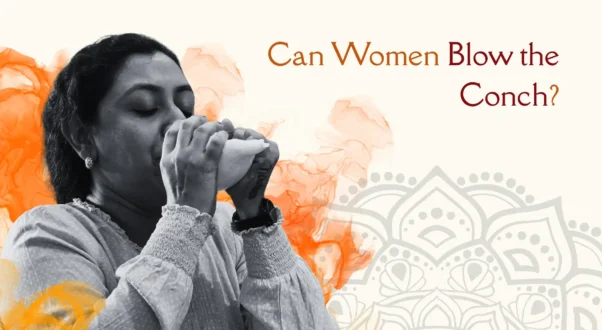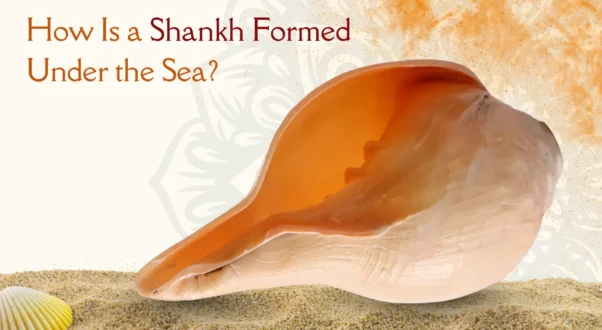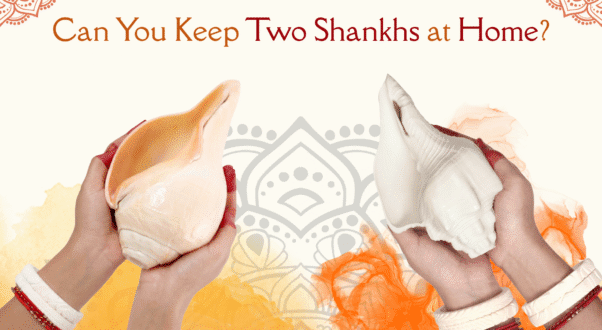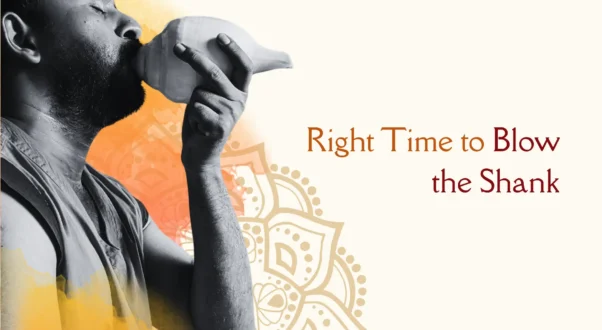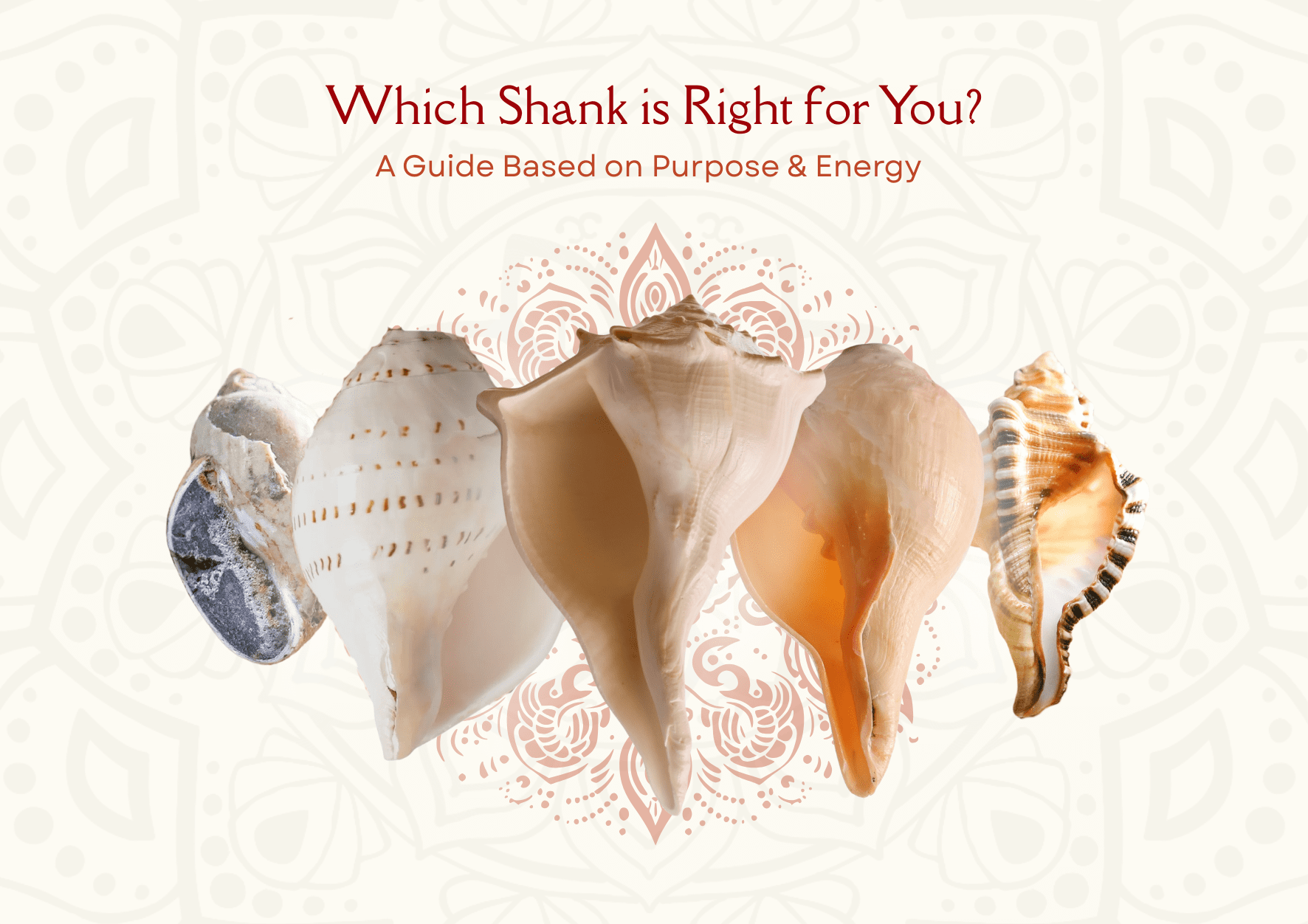
Which shankh is Right for You? A Guide Based on Purpose & Energy
No doubt—shankh or conch shells are beautiful objects from the sea, but in India, it has deep links with spirituality and culture. It’s a symbol of divinity, purity and prosperity. Whether placed in a temple or a home’s puja room, they are used for various purposes, such as sacred rituals, objects to attract success, and more. It’s even considered for purity, health and energy benefits.
Now, many like you must be thinking, which shankh is good for the home? That answer depends on your intention, connection to deities and the kind of energy you want to invite. Here is the right guide once you start scrolling on the Types of shankh—aligning your purpose.
Understanding the shankh’s Spiritual Roots
Real shankh holds a special place in Hinduism, Buddhism and ancient maritime cultures. In Hindu iconography, Lord Vishu is always shown holding a shankh in one hand—symbolising primordial sound—Om, a sacred vibration of the universe, which is believed to have an infinite origin.
It even resonates at a frequency, clearing negativity & calms the mind, while energising the environment. For centuries, the benefits of shankh Blowing have been associated with the start of puja, sacred worship, or important rituals or ceremonies.
Types of shankh
There are Types of shankh, as classified by the direction of their design spiral, and other features. Below is the classification.
Vamavarti shankh
It’s one of the most common shankh types. Vama, which means left, and varti—turning. This shankh holds the tip pointing upward and opening faces the left side. Vamavarti shankh is commonly used in prosperous rituals, purification and removing negative energies. It’s considered that this shankh holds calming and protective energies—even associated with Lord Vishnu.
Dakshinavarti shankh
This shankh is rare and considered to bring wealth and luck. Its spiral opening faces right when held upright. Dakshinavarti shankh invites prosperity and Goddess Lakshmi’s blessings. It upholds auspicious and prosperity-giving energies. Usually kept on the altar but rarely blown.
Ganesha shankh
It’s very rare—marking its resemblance to the form of Lord Ganesha with the deep purpose of removing obstacles and inviting success.
Heera shankh
Heera shankh is associated with peace and prosperity.

The Must-Know shankh Benefits
shankh ensures multiple benefits, depending on its type, purpose, and the intention.
Purifies the Environment:
The Benefits of shankh Blowing generate Om sound and vibrations that are believed to remove negative energies, creating a protective shield around the space.
Invites Prosperity:
Majorly effective with Dakshinavarti shankh—as believed to bring wealth, abundance and prosperity.
Improves Focus and Calmness:
The deep sound of a shankh gives a meditative and calming effect. It helps relax the mind and soul, relaxing and improving concentration.
Symbol of Auspiciousness:
Placing a Real shankh in the home brings good fortune and divine blessings. It invites luck and positivity in the home environment.
Health Benefits:
shankh blowing strengthens the breathing power and the respiratory system. It tones facial muscles and improves lung function over time.
Which shankh is Good for the Home?
Your purpose and intentions matter in choosing the Real shankh. Let’s find out here.
- To perform regular puja, aartis and sacred rituals or want to blow it—have Vamavarti shankh.
- If your goal is to invite protection and prosperity, keep both Vamavarti shankh and Dakshinavarti shankh.
- If you want to bring wealth, success and abundance—keep Dakshinavari shankh.
- Some even place Ganesh shankh—to add strength and wellness, specifically on devotional practices and meanings.
Energetic Placement Tips
The direction and placement of the shankh matter in maximising its energy:
- Vamavarti shankh: Place in the puja room near idols, with the opening facing outward during worship.
- Dakshinavarti Sha: Place it in the east or north direction of the altar to attract wealth.
- Avoid placing shankhs directly on the floor — always use a stand, plate, or cloth.
The Final Verdict
Time to wind up in the essence of knowing shankh Benefits—totally depends on the kind of energy you want to invite and wish. From daily puja rituals to lifelong prosperity and positivity—there are Types of shankh to pick from. Before you buy, it is important to understand the purpose and energy each kind of shankh delivers; thus, this read is a deep analysis of the same.
FAQs
Q1: Which shankh is good for the home?
If you perform daily worship and want to purify your space, choose the Vamavarti shankh. For attracting prosperity and good fortune, opt for the Dakshinavarti shankh.
Q2: What are the health benefits of blowing the shankh?
Blowing a shankh can improve lung capacity, tone facial muscles, stimulate blood circulation, and promote relaxation while purifying the environment.
Q3: How can I determine if my shankh is genuine?
A real shankh will have natural weight, a slightly uneven texture, and produce a deep, resonant sound. Avoid overly smooth or lightweight versions as they are likely artificial.
Explore insights from Kalari Warriors, blending ancient Kalaripayattu traditions with spiritual craftsmanship to enrich your life and rituals.

